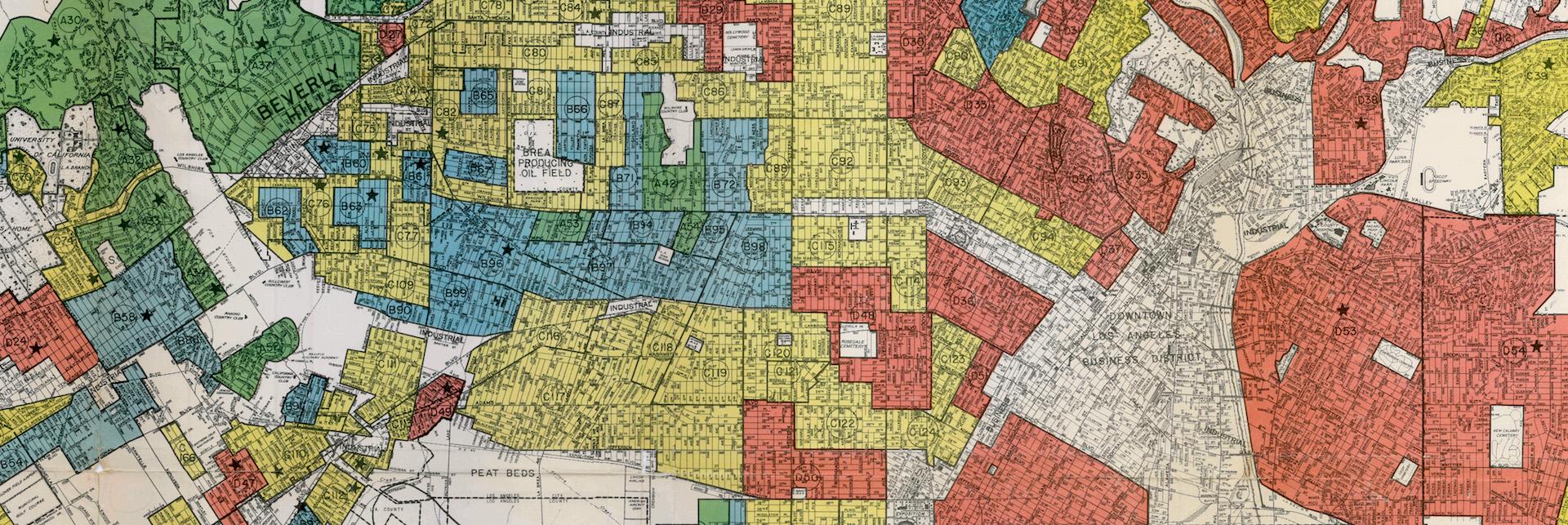Redlining: Legal Segregation and its After Effects on African Americans During COVID-19

By: Chynna Hinrichsen, USC 22'
INTRODUCTION
COVID-19 has exposed a legacy of systemic racism in the United States. African Americans only account for 13.4% of the U.S. population yet make up nearly half of COVID-19 cases and almost 60% of deaths.1 The disproportionate rate of infection and mortality compared
to white Americans can be tied to the after effects of the 1934 U.S. policy of redlining. This policy gives rise to a legacy of systemic racism,2 which creates obstacles and barriers for
minorities to participate in society and in the economy.3 The long term ramifications of redlining
include a history of minorities facing unequal housing values, a lack of access to professional level jobs, enhanced environmental health risks, and implicit bias by white Americans, all factors which contribute to both the rate of COVID-19 infection and mortality rate in African Americans. This is a nationwide issue, so the first part of this research will examine the effects of redlining on COVID-19 cases on a national scale. In order to explore what this looks like on the ground, the second section of this research is devoted to a case study of the 90011 Zip code, a formerly redlined area in South Central, Los Angeles.
